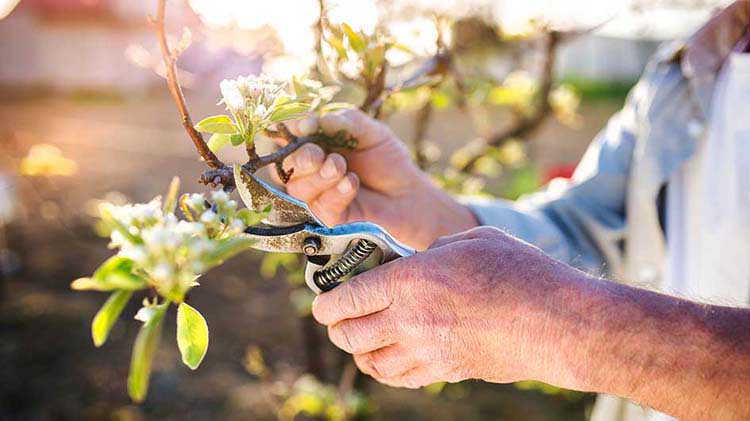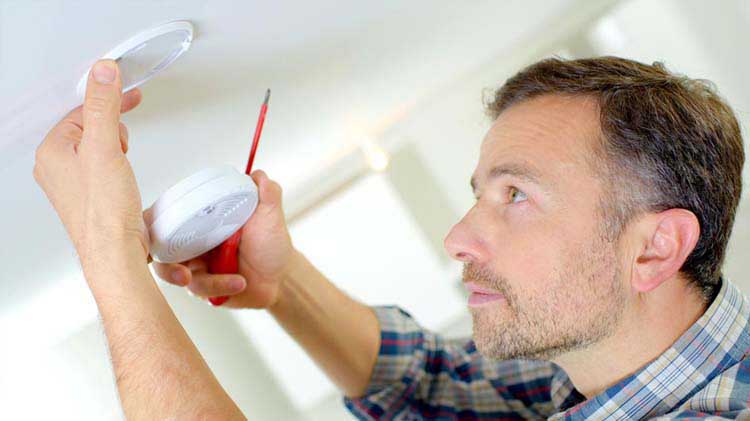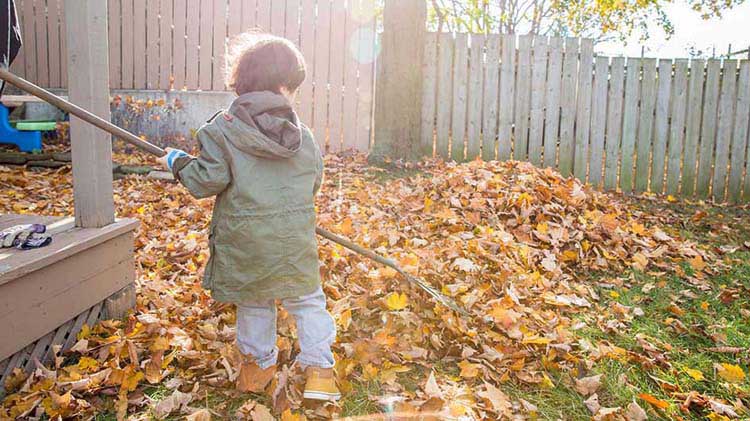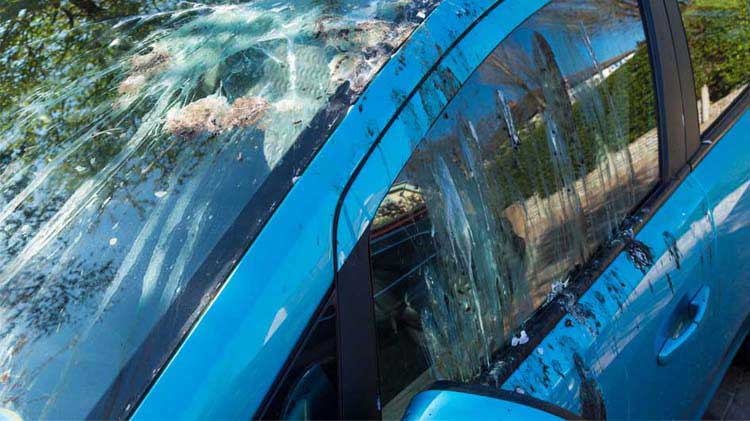Tree trimming tips
Tree pruning and trimming tips for using the right tools and making the right cuts.
Winter is typically the ideal time to prune trees because they are dormant and it can lower the risk of infestation or disease in the open wounds. Sap may flow, but this is normal and will callus in time. Minor upkeep to remove dead branches can help keep your landscaping in top shape. And if a tree is near a power line, play it safe and call a professional.
Importance of pruning and trimming
While pruning and trimming both involve cutting away portions of the tree or shrub, there are differences.
Pruning involves the removal of damaged, diseased or dying branches to improve overall health. Dead, heavy branches that may fall from high winds or a storm should be removed to help prevent possible damage to property or people. Also, by removing the starts, or suckers, more nutrients may go to the remaining branches and make them stronger.
Trimming involves the removal of healthy branches or growth to help maintain a pleasing look. Opening the space for other branches allows light to get in and provides better air movement. Typically, homeowners will use hedge trimmers to obtain a uniform look with their shrubs and keep them away from the home. Trimmed trees and bushes can also improve curb appeal for your home.
Bush and tree trimming tools
Use sharp, clean tools to help make clean cuts and to prevent the spread of disease to the tree.
- Hand pruners: Used for stems and small branches up to ¾ inches thick.
- Loppers: With longer handles, these are used for branches up to 2 inches in diameter.
- Saws: The unique tooth design of a tree saw and pole pruning saws allow them to cleanly cut through branches.
- Protective gear: Use work gloves to help minimize cuts and scratches. Wear safety glasses to help protect your eyes from sawdust and debris.
After use, clean your trimming tools to prevent the spread of disease next time. Consider disinfecting with a solution of one part bleach to nine parts water. Then wash in warm, soapy water and rinse.
Trim with purpose
Branches
- Trim with three cuts. If you want the remaining stub to be as close to the main portion, cut the weight of the branch away with two cuts further out than the final location; the first cut should be ½ way through from the bottom, then the second cut completes that portion from the top side. Once the weight of the branch is away, the final full downward cut will be closer to the main portion. The downward angle helps keep water from pooling which could lead to rotting.
- Avoid trimming more than 20% of a tree's branches.
Ornamental trees
Trim ornamental trees to help them retain their shape.
Blooming trees
- Trim early spring blooming trees (ornamental cherry, magnolia, apricot, flowering plum) once blooming is complete since these buds are based on last year’s growth.
- Late spring to early summer bloomers should be trimmed in the spring.
New shoots
Snip new shoots growing out of the trunk or branches. They can zap the tree's nutrients.
Smaller branches and stems
With pruning shears, cut at a slight angle just past a healthy bud or leaf.
Now that you have your trees and shrubs looking wonderful, remember to clean the leaves out of your gutters to help keep water from your home’s foundation. Check out more summer home maintenance advice from State Farm®.




